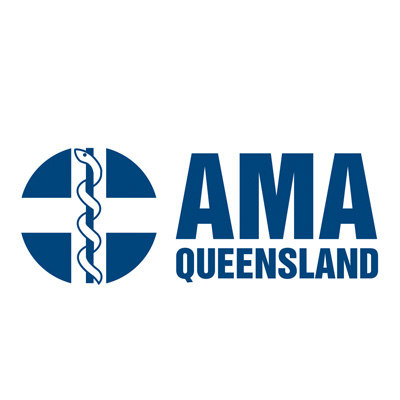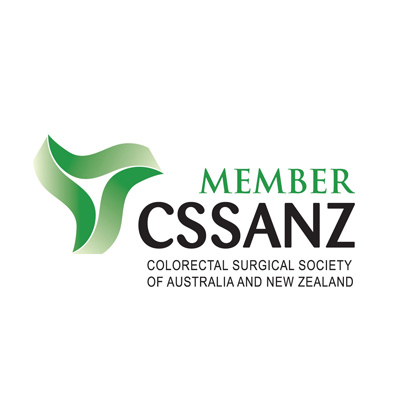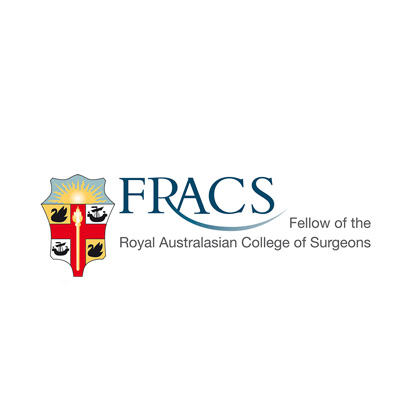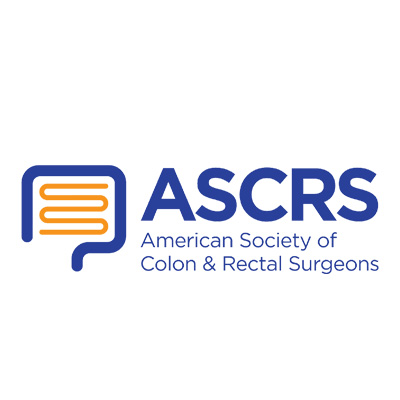Surgery for Faecal Incontinence
Anorectal Physiology
What is Anorectal Physiology?
Anorectal physiology is used to investigate constipation and faecal incontinence.
The storing and passing of faeces is controlled by:-
- The rectum – the lower part of the large bowel where faeces are stored before evacuation.
- The anal sphincter – the muscles surrounding the anal canal which is the outlet of the bowel. The anal sphincter is closed when storing faeces and relaxes during evacuation.
- The pudendal nerves – the nerves which supply the anal sphincter.
Anorectal physiology is the measurement of compliance of the rectum, the pressure in the anal sphincter, pudendal nerve studies and ultrasound of the anal sphincter.
It is performed by Dr Allison in the day surgery of the Greenslopes Private Hospital and requires no anaesthetic.
It is often done in association with a defaecogram performed in the x-ray department.
This study helps Dr Allison to understand the cause of your incontinence or constipation and to advise you of your treatment options.
What is Anterior Sphincter Repair?
This is an operation for faecal incontinence mostly in women and usually after previous vaginal deliveries. It repairs the defect in the front (anterior) part of the anal sphincter. The anal sphincter is the muscle surrounding the anus which controls the bowels.
If a rectocele is present is will be repaired at the same time. A rectocele is a prolapse of the rectum into the vagina above the level of the anal sphincter.
Anterior Sphincter Repair Explained
Before the operation an enema is given. This reduces the stool volume in the rectum. A general anaesthetic is required.
The operation is performed via an incision between the anus and vagina. The anus and rectum (lower part of the bowel) are separated from the vagina. The anal sphincter is dissected out and the defect in the muscle is overlapped and sewn together as if wearing a double-breasted suit. The wound is only partly closed. This reduces the risk of a wound infection, but requires 2-4 weeks for the wound to heal.
After the operation, you will have a catheter in the bladder. This will remain for 2 days and will be removed before you are discharged. If you have difficulty passing urine the catheter may need to be replaced for a longer period. You will be on a normal diet. You will be discharged when comfortable, usually 2 days post procedure.
Bowel function will usually return after discharge. Bowel control will be variable depending upon the consistency of the stool and the amount of discomfort from the surgery as well as the effectiveness of the repair, as discussed with Dr Allison prior to the surgery. These issues will all be assessed at your follow-up visit with Dr Allison.
Sacral Nerve Stimulation
What is Sacral Nerve Stimulation?
The sacral nerves control the function of the rectum where the faeces are stored before a bowel movement. They are found in front of the sacrum which is the tail bone at the base of the spine. Electrical stimulation of these nerves can improve both faecal incontinence and constipation.
Sacral Nerve Stimulation Explained
Initially a stimulation lead (wire) is inserted through the sacrum onto the sacral nerves. This is placed under sedation (twilight) in the operating theatre. This lead is attached to a temporary pulse generator (battery) which is about the size of a small mobile phone and worn on your belt. Constant stimulation to the sacral nerves is produced. At home you will keep a diary of bowel function.
About 2 to 3 weeks after the temporary wire has been implanted your response is assessed, (this time will be shorter if there is significant improvement noted earlier). A discussion will then occur about the effectiveness of the device. If appropriate, a internal battery will be inserted. Everything is then internal with no external wires. . If the device has not improved the situation, you will require sedation and removal in the operating theatre.





